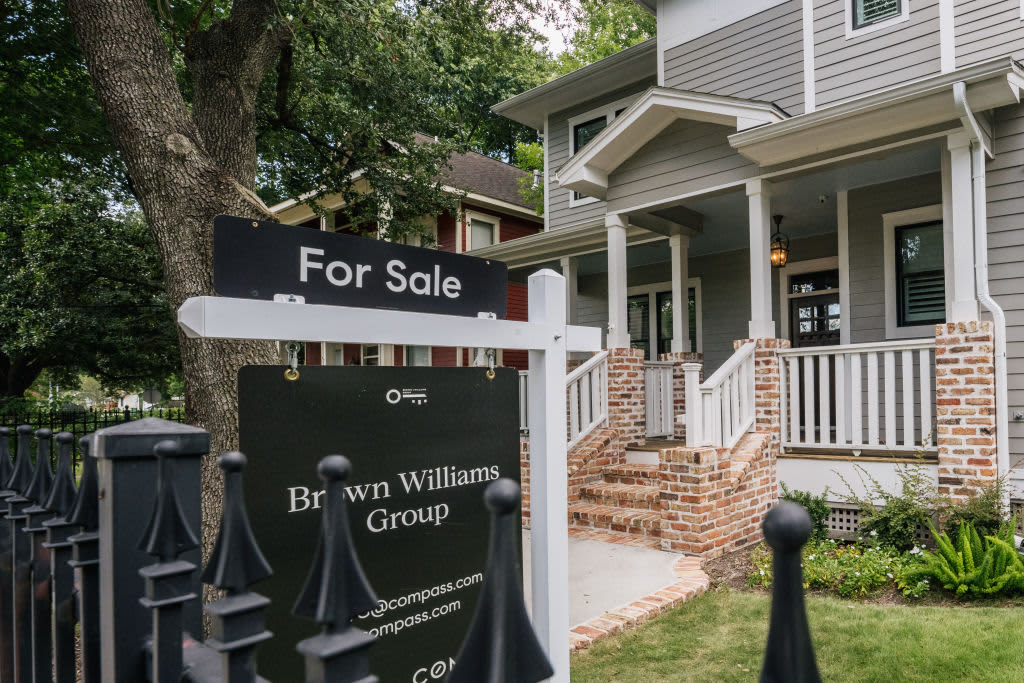Sales of existing homes in July rose 2% from June to a seasonally adjusted, annualized rate of 5.99 million units, according to the National Association of Realtors.
These sales figures are based on closings, so it reflects contracts signed in May and June. Sales were 1.5% higher than July 2020. That is the second straight month of gains after a pullback in the spring.
Sales are likely improving due to rising supply. The inventory of homes at the end of July stood at 1.32 million, down 12% from a year ago, but that is a smaller annual decline than in recent months. At the current sales pace, that represents a 2.6-month supply. A six-month supply is considered a balanced market between buyers and sellers.
Despite the slight increase in supply, demand continued to outpace it, pushing prices to another all-time high.
The median price of an existing home sold in July was $359,900. That is a 17.8% increase compared with July 2020. Some of that price increase is skewed by the types of homes currently selling, and current the market is much more active on the higher end. Annual price gains were larger last month, but given the huge spike in the market last summer, comparisons are now going to be smaller.
“The housing sector appears to be settling down,” said Lawrence Yun, chief economist for the Realtors. “The market is less intensely heated as before.”
It may be cooling, but it still appears to be competitive. Homes are spending, on average, just 17 days on the market. First-time buyers represented just 30% of the market, whereas they are usually around 40% historically. Nearly a quarter of all buyers are using all-cash, also a higher share than normal.
The latest read on sales of newly built homes from June showed a sharp decline both monthly and annually, according to the U.S. Census. That data set is based on signed contracts, so it is looking at roughly the same activity as the July data on existing homes. Newly built homes come at a price premium to similar-sized existing homes, and builders say they are now seeing even more buyers unable to afford what they would like.
Mortgage rates didn’t move much throughout May and June, when the bulk of these deals were made, but they did fall more sharply in July. That, in addition to increasing supply, could help boost sales at least slightly in the coming months. Mortgage applications to purchase a home, however, continue to run at a far slower pace that a year ago, according to the Mortgage Bankers Association.
“Continued economic recovery is key to maintaining sales momentum, and anything that disrupts progress, such as rising Covid cases, could knock home sales off course,” said Danielle Hale, chief economist with Realtor.com. “Still, with listing price growth beginning to recalibrate in response to shifting supply and demand dynamics, we should see a steady pace of home sales over the next few months, especially if mortgage rates remain low.”
